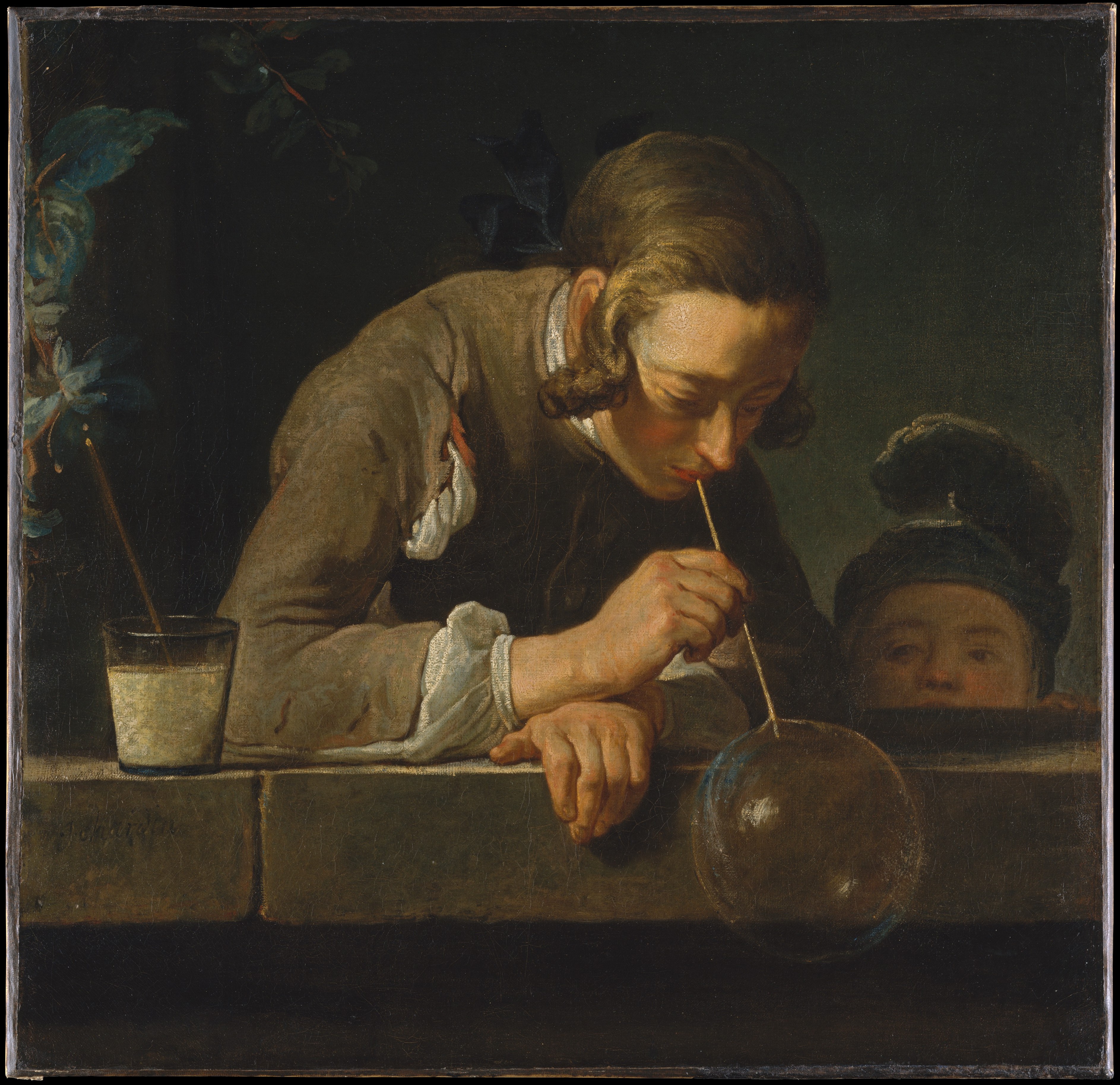David David-Weill on:
[Wikipedia]
[Google]
[Amazon]
 David David-Weill (1871–1952) was a French-American banker, chairman of Lazard Frères in Paris, who built an important collection of art. His collection was plundered by the
David David-Weill (1871–1952) was a French-American banker, chairman of Lazard Frères in Paris, who built an important collection of art. His collection was plundered by the
Dumbarton Oaks. Retrieved 10 February 2015. He was the son of Julie (née Cahn) and Alexandre Weill (1834–1906). His father was a cousin to the three French Jewish brothers who founded Lazard Frères & Co. His parents had left France in 1870 because of the Franco-Prussian War, and settled in California, where Raphaël Weill, a brother of Alexandre Weill, lived. They returned to France about 1883. David-Weill continued his education there at the Lycée Condorcet and the École Libre des Sciences Politiques. He married Flora Raphaël in 1897 and they had seven children, including
 *David-Weill was elected to the Académie des beaux-arts in 1934.
*Avenue David-Weill in the
*David-Weill was elected to the Académie des beaux-arts in 1934.
*Avenue David-Weill in the
 David David-Weill (1871–1952) was a French-American banker, chairman of Lazard Frères in Paris, who built an important collection of art. His collection was plundered by the
David David-Weill (1871–1952) was a French-American banker, chairman of Lazard Frères in Paris, who built an important collection of art. His collection was plundered by the Nazis
Nazism ( ; german: Nazismus), the common name in English for National Socialism (german: Nationalsozialismus, ), is the far-right totalitarian political ideology and practices associated with Adolf Hitler and the Nazi Party (NSDAP) in Na ...
during the Second World War and over 2000 items seized. He was a major donor to French and American museums and galleries and a benefactor to universities.
Early life and family
David-Weill was born in San Francisco on 30 August 1871.David David-Weill.Dumbarton Oaks. Retrieved 10 February 2015. He was the son of Julie (née Cahn) and Alexandre Weill (1834–1906). His father was a cousin to the three French Jewish brothers who founded Lazard Frères & Co. His parents had left France in 1870 because of the Franco-Prussian War, and settled in California, where Raphaël Weill, a brother of Alexandre Weill, lived. They returned to France about 1883. David-Weill continued his education there at the Lycée Condorcet and the École Libre des Sciences Politiques. He married Flora Raphaël in 1897 and they had seven children, including
Pierre David-Weill
Pierre David-Weill (8 March 1900 – 14 January 1975) was a French investment banker.
Early life
Pierre Sylvain Désiré Gérard David-Weill was born on 8 March 1900 in Paris, France, into a Jewish family. His father, David David-Weill (1871-195 ...
and Jean David-Weill
Jean David-Weill (27 February 1898 – 30 May 1972) was a 20th-century French epigrapher, curator and collector.
The son of David David-Weill, he graduated in law and was a pupil of Gaston Migeon at the École du Louvre and later of Raymond K ...
.
Banking career
Following his education, David-Weill performed his military service and began to work at Lazard Frères, where he rose to become chairman. He became a regent of the Banque de France in 1935.Collecting
David-Weill began to collect from an early age. His acquisitions included paintings, drawings, miniatures, sculptures, furniture, silverware, and other items. He became president of the Réunion des Musées Nationaux and vice president of the Société des amis du Louvre. In 1931, David-Weill transferred part of his collection to a British holding company called Anglo-Continental Art, Inc, which was owned by a Canadian corporation that he controlled. In late 1940, David-Weill sent twenty-six cases of paintings and antiquities to Lisbon for shipment on the SS Excalibur to New York, where they were to be sold by the Wildensteins, as property of Anglo-Continental Art, Inc. However U.S. Treasury officials, concerned about their French origins in wartime, "descended on the elegant premises of Wildenstein, New York". The assets of Anglo-Continental were frozen by US officials and proceeds placed in a blocked account. In France, David-Weill's collection was looted by the Nazis during the Second World War and, according to German records, 2687 items seized.Harclerode, Peter, & Brendan Pittaway. (1999) ''The Lost Masters: The Looting of Europe's Treasurehouses''. London: Victor Gollancz, p. 44. In later life he donated more than 2000 items to museums and galleries, including the Guimet Museum, the Louvre, and universities in New York, Hamburg, Leiden, Honolulu, and Stockholm. He donated to the libraries of the Musée de l'Homme and the Institut national d'histoire de l'art, to which he gave the manuscript and journal of Eugène Delacroix. He also gave his Chinese-bronze collection to theMusée Guimet
The Guimet Museum (full name in french: Musée national des arts asiatiques-Guimet; MNAAG; ) is an art museum located at 6, place d'Iéna in the XVIe arrondissement, 16th arrondissement of Paris, France. Literally translated into English, its ful ...
and his cloisonné objects to the Musée des Arts Décoratifs (MAD).
Death
David-Weill died inNeuilly-sur-Seine
Neuilly-sur-Seine (; literally 'Neuilly on Seine'), also known simply as Neuilly, is a commune in the department of Hauts-de-Seine in France, just west of Paris. Immediately adjacent to the city, the area is composed of mostly select residentia ...
, Paris, on 7 July 1952. Parts of his collection were sold in a series of auctions in 1970.
Honors
14th arrondissement of Paris
The 14th arrondissement of Paris ( ), officially named ''arrondissement de l'Observatoire'' (; meaning "arrondissement of the Observatory", after the Paris Observatory), is one of the 20 arrondissements of the capital city of France. It is situa ...
was named in his honor in 1960 in tribute to his involvement with the Cité internationale universitaire de Paris.
See also
* Michel David-WeillReferences
Further reading
*Henriot, Gabriel. (1926) ''Collection David-Weill''. Paris: Presses de Braun. (3 vols.)External links
*https://web.archive.org/web/20131030025533/http://www.genea-bdf.org/BasesDonnees/genealogies/weill.htm *http://www.frick.org/interact/video/fora/david-weill_family *http://www.ciup.fr/bio-saison-1/david-david-weill-43536/ *https://web.archive.org/web/20150210041800/http://lesassos.com/sn/article.php?article_id=499 *http://www1.alliancefr.com/culture/le-role-du-banquier-david-david-weill-dans-lart-5018242 {{DEFAULTSORT:David-Weill, David 1871 births American art collectors 1952 deaths People from San Francisco Jewish art collectors Jewish American bankers Subjects of Nazi art appropriations Lazard family